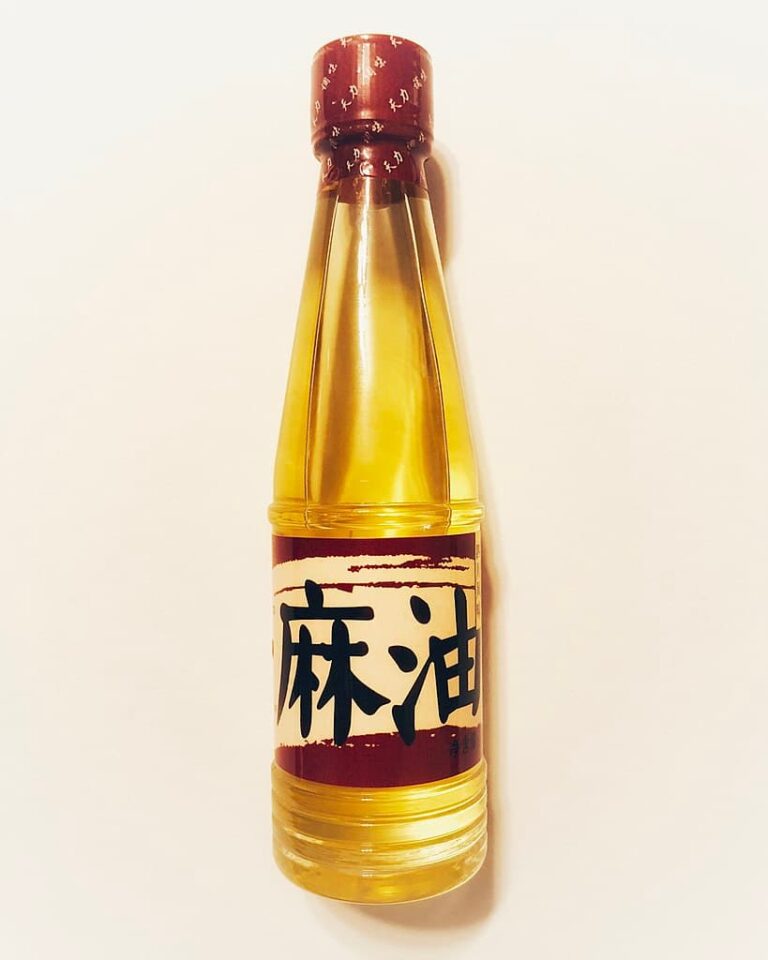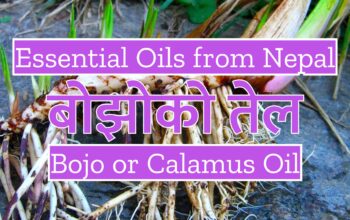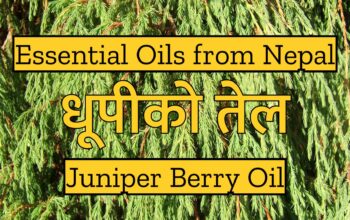- English
- नेपाली
Zanthoxylum oil
Botanical name: Zanthoxylum armatum DC, Zanthoxylum alatum Roxb.
Family: Rutacae
Description of the plant:
Timur is a small evergreen tree. It’s 3 m. tall. Timur is found on the open side of the hill at 900 to 2,900 m. altitude of the East-West Mahabharata range in Nepal. Its stalks and branches are 2 cm. long with sharp thorns. Small, green or yellow flower blooms in the month of April. The fruit’s 4 mm. in diameter and they are round with red color. The dried fruit is divided into two parts. The outer part (pericarp) is gray, the seed is covered, and the inner part is black and shiny. Fruiting season is June.
Processing Method:
Aromatic oil is produced from the fruit of Timur by a process of about 3 to 4 hours of hydro-distillation or steam distillation. Oil production depends on a number of factors. Whether or not the plant is fully developed, the amount of pericarp in the processed fruit, the mixture of other substances and the condition of the collected fruit (how old) etc. affect the amount of oil production.
Properties of Zanthoxylum Oil:
Timur oil is pale yellow in color. The aroma of oil is pleasant. The taste is sharp and numbs the tongue. Zanthoxylum oil has deodorant, antiseptic, antibacterial and disinfectant properties. The oil contains a mixture of 65 types of chemical elements. Among them limonene, cineole, linalool and methyl cinnamate are prominent.
Use:
Timur oil can be used in the production of soap, toothpaste, sanitary wares, medicines and other consumable goods. Zanthoxylum oil is used in perfume and food industries. Timur oil is included in the medicine ‘Sancho’ produced in Nepal. The dried fruit of Timur is also used as a pickle or spice.
टिमुरको तेल
वानस्पतिक नामः ज्यान्थोजाइलम आर्माटम
वानस्पतिक परिवारः रुटेसी
बिरुवाको वर्णन:
टिमुर सधैँ हरियो रहने सानो रूख हो। यो ३ मि. सम्म अग्लो हन्छ। नेपालको पूर्व–पश्चिम महाभारत शृङ्खलाको ९०० देखि २,९०० मि. उचाइको खुल्ला पाखोमा टिमुरको बोट पाइन्छ। यसका डाँठ र हाँगामा २ से. मि. सम्म लामा तिखा काँडा हुन्छन्। साना, हरिया वा पहेंला रङका यसका साना फलू चत्रै – वैशाख महिनामा फुल्दछन्। यसको फल ४ मि. मि. व्यास भएको राता रङका गोलाकार हुन्छन्। सुकेको फल दुई भागमा छुट्टिन्छ। बाहिरी भाग (pericarp) खैरो रङको, चाउरी परेको र भित्री भागमा रहेको बीउ कालो र टल्केको हुन्छ। फल फल्ने समय जेठ–असोज महिना हो।
प्रशोधन विधिः
टिमुरको फलबाट करिब ३ देखि ४ घन्टाको hydro-distillation वा steam distillation प्रक्रियाद्वारा सुगन्धित तेल उत्पादन गरिन्छ। तेलको उत्पादन परिमाण अनेकौ कारणमा निर्भर पर्दछ। बिरुवाको पूर्णविकास भए–नभएको, प्रशोधन गरिने फलमा pericarp को मात्रा, अन्य पदार्थको मिसावट तथा सङ्कलित फलको अवस्था (कति पुरानो) आदि कुराहरूले तेल उत्पादन परिमाणमा असर पार्दछ।
टिमुरको सुगन्धित तेलका गुणहरू:
टिमुरको तेल फिका पहेंलो रङ्गको हुन्छ। तेलको सगुन्ध आनन्दमय हुन्छ। स्वाद तिक्खर छ र जिब्रोलाई परपराउँछ। टिमुरको तेलमा दुर्गन्धनाशक (deodorant), जीवाणुनाशक (antiseptic), प्रतिजीवाणु (antibacterial) र रोगाणुनाशक (disinfectant) गुण रहेको छ। तेलमा ६५ प्रकारका रासायनिक तत्वहरुको मिश्रण रहेको पाइएको छ। तीमध्ये लिमोनिन (limonene) , सिनियोल (cineole), लिनालोल (linalool) र मिथाइल सिनामेट (methyl cinnamate) प्रमुख छन्।
उपयोगिताः
साबुन, दन्तमञ्जन, सरसफाइका सामान, औषधि आदि उपभोग्य वस्तु उत्पादन गर्नमा यो तेल प्रयोग गर्न सकिन्छ। अत्तर र खाद्य उद्योगहरूमा यो तेल प्रयोग गरिन्छ। नेपालमा उत्पादन गरिने औषधि ‘सन्चो’ मा टिमुरको तेल समाविष्ट गरिएको छ। टिमुरको सुकेको फललाई अचार वा मसलाका रूपमा समेत प्रयोग गरिन्छ।





